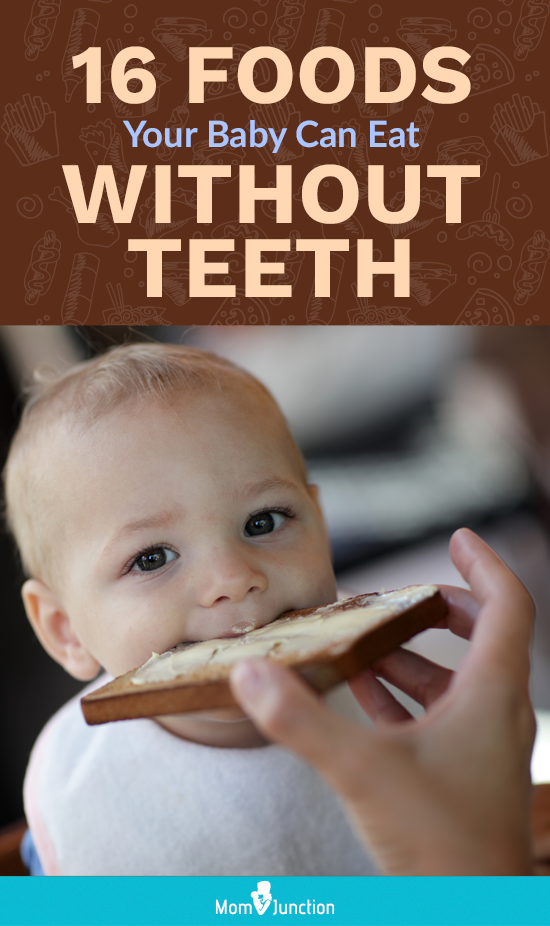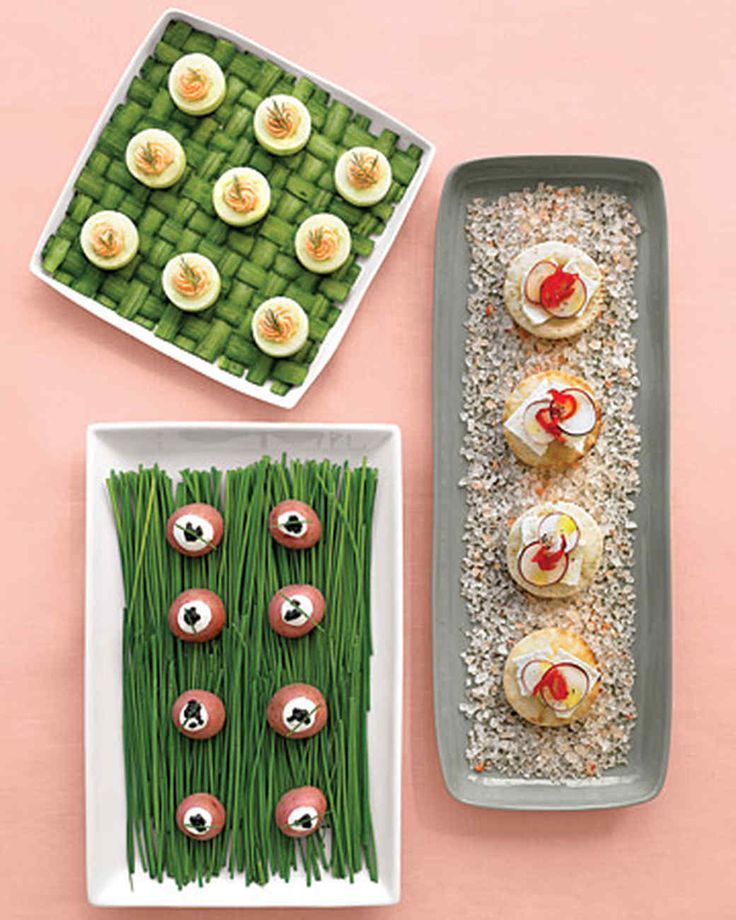Gluten free foods for babies
Baby & Toddler Gluten-Free Meal Plan
What is Celiac Disease?Celiac disease is a genetic condition that affects 1-2% of the population.1 It results in an autoimmune reaction to gluten, a protein found in certain grains including wheat, rye, barley and their derivatives.2
When these proteins are present in the diet of someone with celiac disease, they can damage the lining of the intestines and make it difficult for the body to absorb important nutrients.3
Symptoms of celiac disease include (but are not limited to):Abdominal pain
Diarrhea and/or constipation
Vomiting
Poor weight gain, short stature
Irritability
Anemia
Fatigue
Canker sores, skin rashes.2,4,9
Celiac disease mostly develops due to genetics. In fact, gluten normally does not cause harm unless the person is allergic or intolerant to it.10 Avoiding gluten if you do not have celiac disease is not likely to decrease or increase the risk of developing the disease.5,6
If you suspect your child has celiac disease or gluten sensitivity, consult your child’s health care provider for proper testing.
Should your little one be diagnosed with celiac disease, you can ask their health care provider for a referral to a dietitian who specializes in celiac disease to help you get started with planning your child’s diet.
If your child tests negative for a gluten allergy, your child’s health care provider may look for a different cause for your child’s symptoms.
Gluten free diet for your infant or toddlerIf your child tests positive for celiac disease their health care provider will likely recommend they follow a gluten-free diet.
Grains that contain gluten include: Wheat (durum, semolina, spelt, farina, farro, Kamut, graham), rye, barley, triticale, Brewer’s Yeast, malt, wheat starch.
Grains that do NOT contain gluten include: Corn, amaranth, buckwheat (kasha), millet, quinoa, rice, nut flours, potato, sorghum, yucca, and teff.7,8
It may seem like everything contains gluten and that there are limited options, but there are many foods that will fit into your child’s diet which are naturally gluten free. There are even substitutions for some of your favorites, such as gluten-free pastas, pizza dough, and breads.
Feed your child a balanced, nutritionally adequate diet
A wide variety of foods should still be included in your little one’s eating pattern to ensure they are getting the nutrients needed for growth and development. 11 Continue to provide a variety of vegetables, fruit, proteins, nuts, seeds, beans, and gluten free whole grains, in the texture and size your child can handle.
11 Continue to provide a variety of vegetables, fruit, proteins, nuts, seeds, beans, and gluten free whole grains, in the texture and size your child can handle.
Learn more: Everything You Need to Know About a Gluten Free Diet
Pro Tip:If your little one is diagnosed with celiac disease, they must follow a gluten free diet, including avoiding hidden sources of gluten.
Not so obvious sources of gluten often include breading, lunch meats, broths, sauces, condiments, and marinades. Other foods that may contain gluten include French fries, potato chips, candy, brown rice syrup, meat substitutes, and eggs served at restaurants.7
Be sure to read all food labels, and keep in mind that “wheat free” does not mean a product is also “gluten free”.8
If there are questionable ingredients, it’s best to skip it until you have confirmation that it is gluten free.
The below meal plan provides meal, snack, and recipe ideas to help get you started with a gluten-free diet for your infant or toddler.
Be sure to modify and provide your baby food textures they can handle at their age and stage of eating.
BreakfastOption 1: Omelet with finely chopped spinach and mushrooms
Option 2: Cottage cheese with diced pears and cinnamon
Option 3: Gluten free Oatmeal or quinoa cereal with sliced or diced berries
Option 4: Silver Dollar Pancakes
Option 5: Breakfast Papaya Boats
Option 1: Make Your Own Zucchini Pizza Rounds
Option 2: Baked sweet potato topped with shredded turkey and tomatoes
Option 3: Brown rice or quinoa bowl: layer rice or quinoa with roasted, chopped broccoli, and black beans
Option 4: Tuna fish (light) wrapped in a brown rice tortilla topped with sliced cucumbers
Option 5: Shredded or diced chicken or turkey with black beans, avocado and corn
Option 1: Easy Veggie “Fried” Rice
Option 2: Lentil Stew
Option 3: Ground turkey tacos with corn tortillas (soft or hard) and diced peppers
Option 4: Baked fish with green bean “fries”
Option 5: Fork mashed salmon and soft cooked cauliflower
Option 1: Green Parmesan “Chips”
Option 2: Hummus with veggies
Option 3: String cheese or cubed cheese and grapes (cut in half)
Option 4: Apple with nut or seed butter
Option 5: Stay Fresh Fruit Salad
We know parenting often means sleepless nights, stressful days, and countless questions and confusion, and we want to support you in your feeding journey and beyond.
Our Happy Baby Experts are a team of lactation consultants and registered dietitian nutritionists certified in infant and maternal nutrition – and they’re all moms, too, which means they’ve been there and seen that. They’re here to help on our free, live chat platform Monday - Friday 8am-6pm (ET). Chat Now!
Read more about the experts that help write our content!
For more on this topic, check out the following articles and recipes:Gluten Free Meal Plan for Pregnancy and Postpartum
Nutrient Needs and Feeding Tips for 6 to 12 Month Olds
Introducing Major Food Allergens to your Infant
Does my Child have a Food Allergy or Food Intolerance?
Does my Baby or Toddler have a Milk Allergy or Lactose Intolerance?
Our meal plans offer recipe and meal suggestions for your child. They are not designed to replace your doctor’s recommendations, nor do they take into account special nutritional needs, including allergies and intolerances.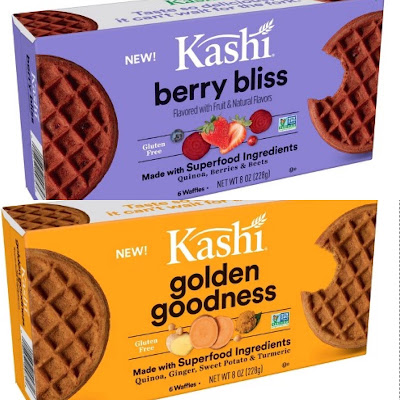 The meal plans suggest serving sizes that may or may not be appropriate for your child. Please consult your doctor to determine what is best for your child.
The meal plans suggest serving sizes that may or may not be appropriate for your child. Please consult your doctor to determine what is best for your child.
Sources
20 Finger Foods For Baby / Toddler On A Gluten, Dairy, Egg Free Diet
8.5K shares
Looking for
healthy baby finger foods? These 20 baby finger food ideas are healthy and allergy friendly (wheat free, gluten free, dairy free and egg free). Easy and simple baby finger food recipes or snack ideas that don’t come from a box, suitable for 8-9 month old babies and older including toddlers. Teach your baby to eat healthy from the beginning: with real, unprocessed ingredients!If your little one can’t tolerate dairy, gluten, eggs and you’re looking for some simple healthy baby finger foods, or if you just need some baby finger food ideas that are not packed with processed stuff and additives (like most store bought baby foods are), then you’ve come to the right place.
All these gluten free dairy free baby finger foods don’t require a lot of preparation and are perfect as baby led weaning foods, for snacking or as an entire meal.
Make Baby Finger Foods Without Dairy & GlutenSome children may need gluten free baby food, dairy free finger foods or both gluten and dairy free baby food recipes because of an allergy, or because they are lactose-intolerant, as my baby girl was.
The signs of intolerance started to appear when she was about three months old through diarrhea, colic and severe eczema. Even if doctors won’t admit it, I witnessed my baby recover through an eczema friendly elimination diet combined with the GAPS diet protocol.
Food allergies play an enormous role in eczema and digestive issues the most common offending agent is wheat, or more specifically, gluten, followed by dairy and sugary foods that trigger flare ups.
Therefore it’s important to avoid these for a while and give time for your baby’s tiny gut to fully develop and heal.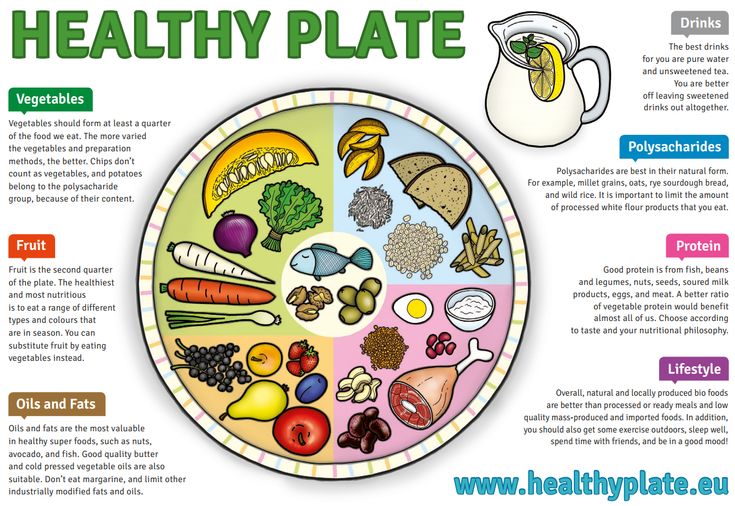
By avoiding I don’t mean replacing them with gluten and dairy free store-bought baby food alternatives. We are trying to heal a sensitive digestive system here, and not bombard it with more processed foods.
Skip Packaged Gluten Free and Dairy Free Baby SnacksThere are so many snacks and finger food for babies and toddlers available on the market that is advertised as healthy but they’re usually not.
Even if you’re trying to replace your baby’s snacks and finger foods with gluten and dairy free commercial alternatives always watch out for additives and artificial ingredients.
Most of them are full of unnecessary fillers and sweeteners that have no nutritional value.
Fortunately there are many natural gluten free dairy free finger foods that you can prepare. The produce section in a grocery store offers a large variety of foods.
Balance them with whole gluten free grains, legumes, lean meats, seeds and nuts – just make sure they’re also unprocessed preferably organic, non-GMO whole foods.
Healthy finger foods that are suitable for 9 month old babies, 1 year old babies and toddlers:
- Fresh fruits and vegetables (cut into appropriately sized pieces)
- Steamed or oven roasted vegetables (cut into small bite-size)
- Boiled beans, grains or gluten free pasta.
- Boiled or roasted meat (ground, shredded or diced into small pieces)
TIP: Do not overcook fresh vegetables, or cut them up a long time before cooking and leave them in water, or cook them early and re-heat before serving – as all this reduce the vitamin content.
The Best First Baby Finger Foods- The best first finger foods to offer to your baby are ones that are soft and easy to bite and chew, like cooked / steamed veggies (like sweet potato, butternut squash, carrots) and soft fruits.
 Babies need to learn to bite off small, soft lumps, manage and swallow them in the mouth. Also, picking up foods helps a child to develop manual coordination and learn about textures.
Babies need to learn to bite off small, soft lumps, manage and swallow them in the mouth. Also, picking up foods helps a child to develop manual coordination and learn about textures. - The best baby finger foods for your babies are those made from good-quality ingredients (whole, fresh and organic).
- Try making healthier homemade baked goods like some baby banana pancakes or muffins, don’t buy store-bought frozen foods.
- Later, according to your baby’s chewing skills and food handling (babies 8 months and older), you can offer raw fruits and vegetables. I started with finger sized pieces and then progressed to smaller chunks once the baby learned how to pincer grasp.
- Never leave babies alone when they are eating at any time to make sure that they don’t choke on any pieces that break off in their mouth.
- Start with soft finger sized pieces of food and progress to harder textures as soon as your baby has mastered to chew.

- Babies learn by watching what you do – show your baby how to bite, show her the chewing motion yourself.
- If you are offering raw food, make sure to wash it thoroughly and it is organic (if you can afford it).
- Avoid all processed meat and especially those covered with breadcrumbs or other coatings.
- Children do not need sugary foods such as sweets, soft drinks or sugar for energy, best for your toddler to eat fruit rather than drink the juice.
- Avoid adult meals, such as burgers and sausages – take-aways and highly processed fast foods, also low-sugar and artificially sweetened foods and drinks, foods with added nutrients, ready meals, canned ready prepared pasta in sauce, whole nuts (choke hazard).
- Alternate finger foods with soups or purees (dairy free) and if your children refuse to eat a certain vegetable you can include it in a pureed soup or leave it on a side plate near them, they might eat it later.

- Don’t give up: keep offering new foods, don’t get upset if foods are rejected.
Here Are Some Of Finger Foods Ideas (Gluten, Dairy, Fish, Egg And Nut Free) That My Baby Enjoys:
- CELERY, AVOCADO, CUCUMBER – Organic celery stalks are good for a teething baby (they are fibrous and the choking hazard is lower) cucumber sticks and avocado. Always supervise you baby and asses their chewing abilities.
- Cooked CHICKEN HEARTS (Organic organ meats are a good source of group B vitamins, amino acids and minerals), steamed green beans, cooked amaranth rolled into cylinders sprinkled with hemp seeds.
- SWEET POTATO, YELLOW SQUASH, ZUCCHINI – Roasted cut into cubes.
- CHERRY, PEACHES – Buy cherries and peaches when in season and make sure they are organic.
 Usually I give the fruits separately as a snack, for a healthier digestion.
Usually I give the fruits separately as a snack, for a healthier digestion. - ASPARAGUS, BUTTERNUT SQUASH, ZUCCHINI – steamed asparagus (high in anti-inflammatory nutrients), butternut squash (full of vitamin A) and zucchini noodles.
- CHICKEN BREAST, SWEET POTATO, ZUCCHINI – Roasted organic chicken breast, sweet potatoes and zucchini noodles.
- CHICKEN, BROCCOLIS, PAGHETTI SQUASH – Organic roasted chicken breast, broccoli and spaghetti squash which is more nutritious than pasta and fun to play with.
- CELERY, APPLE sticks, diced JICAMA
- BLUEBERRY, PAPAYA, NECTARINES – Raw fruits are enzyme-rich, especially papaya, these can help with gut healing, controlling pathogens and immune support.
- BEET ROOT, JICAMA, CARROTS – roasted soft beetroot, raw jicama and carrots cut into sticks, you can also grate them or serve larger pieces.
- BLUEBERRIES, sliced BANANA.
- Cooked sliced ZUCCHINI, cooked WILD RICE (a good balance of proteins, carbohydrates and fiber), shredded rainbow carrots.

- MELON (it’s best eaten by itself, separate from other foods).
- STRAWBERRIES, RASPBERRIES, RICE CAKES with pumpkin seed butter spread (a good source of zinc; beneficial for skin health and anti-parasitic).
- CUCUMBER, TOMATO, RICE PASTA with creamed broccoli sauce (steamed broccoli, cauliflower, pumpkin seed butter + water to thin out).
- GREEN BEANS/ CELERY/ BEETS/ SQUASH – Cooked organic green beans, beet root and acorn squash ( good source of Vitamin A, C and B6), grated celery root (anti-microbial properties and boosts immunity).
- VEGETABLE SALAD – Organic roasted sweet potato, asparagus, yellow squash and finely chopped kale.
- ORGANIC PEACHES & BLUEBERRIES – a good source of vitamin K1, Vitamin C, Manganese.
- CAULIFLOWER, TURKEY, CARROTS – Organic roasted cauliflower, carrots and turkey thighs (great source of protein and B Vitamins).
- She’s happy as long as she has something to snack on!
While the same baby finger foods are appropriate for a 9 month old as they are for a one-year-old babies or toddlers, you can begin to offer larger, harder in texture pieces, that they can bite off themselves.
(click on picture for recipe)
You can even go ahead and try making some gluten and dairy free finger food recipes, like these options presented below. Just make or serve smaller sizes.
Update: At 20 months my daughter stopped being intolerant to eggs, nuts, gluten or dairy. At the age of three – still no intolerances. She’s basically on the same gluten and dairy free (real food, organic) diet, AND she can eat regular cakes and desserts on special occasions without any problems.
If your baby deals with really severe eczema, gastrointestinal issues and many food allergies then I strongly recommend you read this book: Gut and Physiology Syndrome: Natural Treatment for Allergies, Autoimmune Illness, you will get answers for so many questions.
What I learned is that when you have children with allergies it is essential to help them form a healthy digestive system from the beginning. Because this will lay the foundation for a good overall health later.
It’s also important to help children develop patterns of healthy eating from an early age, what you feed them at the beginning will be the base of their food tastes. It can be hard enough to plan ahead and prepare everything fresh, but that’s only temporary and you’ll be amazed later that it all worked out.
If you start with sweet food it will be hard to make them eat something else later. My little one has no problem in drinking smoothies with ginger and greens, she drinks them as if they were milkshakes.
More Related Articles8.5K shares
Gluten Free Kids & Best Snack Ideas
Back to Family and children
Password
Forgot my password
Should I put my child on a gluten-free diet?
If your child is gluten intolerant, then yes, you should put him or her on a gluten-free diet.
Two diseases that are treated with a gluten-free diet are celiac disease and gluten intolerance, also known as non-celiac gluten sensitivity (NCGS). None of these conditions are treatable, and the only treatment is to eliminate gluten, thereby avoiding a negative reaction in the body.
Celiac disease is an autoimmune disease that occurs when the body's immune system misidentifies gluten as a harmful invader and attacks it with antibodies. This attack ends up damaging the inside of the small intestine, where most of the nutrients we need are absorbed, leading to serious health consequences if left untreated. NCGS is similar in that there is an adverse reaction to gluten, but differs in that it does not lead to the same severe damage to the gut.
How to Start a Gluten Free Diet for Kids
Image
First, you need to prepare yourself as the person who looks after your child's nutrition and diet. You also need to prepare your child for the idea that some changes are needed. It may sound like a cliché, but it really helps if you can make going gluten free feel like an adventure you're about to share. Whichever way you communicate with your child, there's no point in avoiding the fact that going gluten-free matters when it comes to eating many of their favorite supermarket snacks or fast food meals.
It may sound like a cliché, but it really helps if you can make going gluten free feel like an adventure you're about to share. Whichever way you communicate with your child, there's no point in avoiding the fact that going gluten-free matters when it comes to eating many of their favorite supermarket snacks or fast food meals.
But it doesn't have to be that hard.
Many of your child's favorite foods that usually contain gluten can be reproduced in a gluten-free version. It will take some time and effort on your part to quickly get up to speed on how to make a gluten-free flour pizza base, and buying gluten-free burger buns can throw you off your usual route, but it's doable! Here are just a few of the many cereals and flours that are gluten-free: almonds, amaranth, buckwheat, cassava, coconut, cornflower, chickpeas and lentils, millet, quinoa, rice, sago, sesame, soy, and tapioca.
Try to find time to practice new dishes - or old dishes with adapted ingredients - and ask your child to contribute.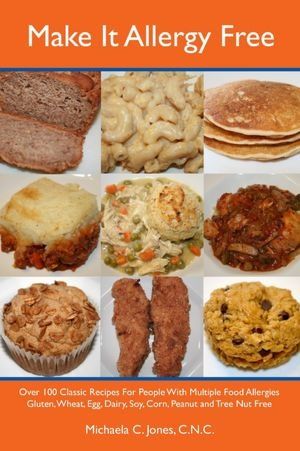 One interesting way to do this is to make labels along with ratings of dishes on a scale from “Disgusting” and “OK” to “Delicious”, and they can be placed on a chart with a list of new dishes. The best way is to encourage your child to be part of the process with you and the rest of your family and work together to solve the puzzle of how to continue enjoying gluten free food.
One interesting way to do this is to make labels along with ratings of dishes on a scale from “Disgusting” and “OK” to “Delicious”, and they can be placed on a chart with a list of new dishes. The best way is to encourage your child to be part of the process with you and the rest of your family and work together to solve the puzzle of how to continue enjoying gluten free food.
Gluten free products for children
It works in your favor when you're rearranging your child's diet that so many tasty and healthy foods are already gluten-free. Whole foods, such as meat, poultry, fish, seafood, fruits, vegetables, herbs, and most spices, are gluten-free unless they have been processed or prepared for sale in some way using foods that contain gluten, such as fish in breaded or meat in a sauce that may contain flour as a thickener.
When it comes to snacks and treats, salt and sugar are not a problem in and of themselves, but all processed foods should be tested for gluten. If your child is still an infant you will need to avoid gluten, if you are still breastfeeding make sure all formulas are gluten free. Seek advice from a pediatrician to ensure that a young child with celiac disease or NCGS is getting a balanced diet.
If your child is still an infant you will need to avoid gluten, if you are still breastfeeding make sure all formulas are gluten free. Seek advice from a pediatrician to ensure that a young child with celiac disease or NCGS is getting a balanced diet.
You will quickly learn to read labels carefully and recognize terms that can be signs of hidden gluten, such as brewer's yeast. Gluten-free certification programs are conducted by independent organizations such as the Gluten-Free Certification Organization (GFCO) and the Gluten-Free Certification Program (GFCP), which ensures that foods labeled gluten-free contain no more than 20 parts per million (ppm) of gluten or less, which means it won't cause a reaction.
In many countries, you can often see the Crossed Grain Gluten Free symbol from the British Celiac Society prominently displayed on Schär gluten free products. These symbols and logos signify that a product has been tested and certified safe for anyone on a gluten-free diet.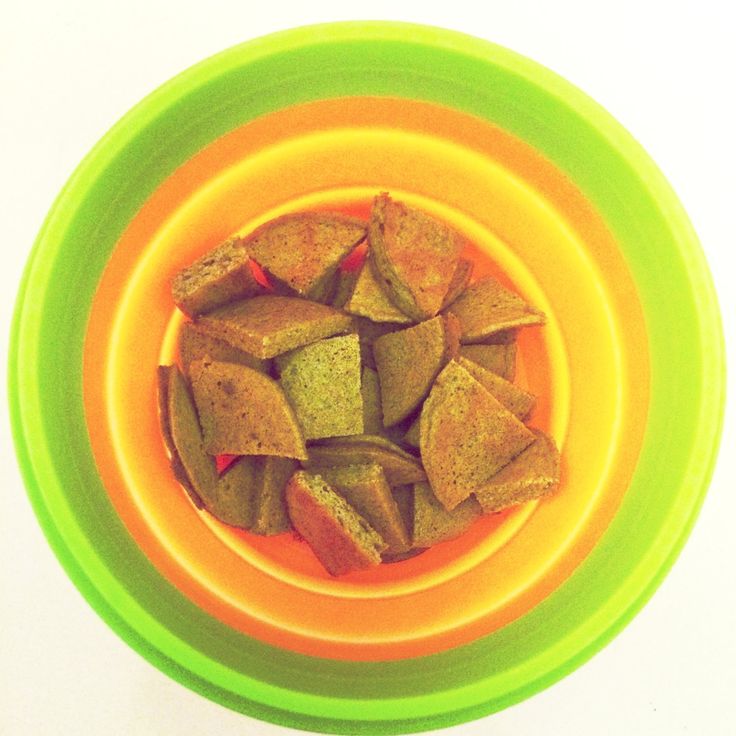
Tips for Buying and Preparing a Gluten-Free Diet for Kids
When shopping for groceries, look for alternative grains and flours such as buckwheat or amaranth, and check labels carefully for warnings about possible cross-contamination that occurs when a gluten-free food comes into contact with a gluten-containing product. Baking your favorite foods may still be possible, but it may take a bit of trial and error to find the wheat flour substitute that works best for each recipe.
- Get creative with jams and sauces. Buy gluten free or make your own. The jam is fun and easy to make gluten-free.
- If your child is a picky eater, have several gluten-free nutritional shakes or bars on hand to help maintain strength and weight, especially during the adjustment period after diagnosis.
- Share your success! When you come up with a gluten-free meal or snack that becomes a real favorite, make a large number of servings for the party or for your child so that your child doesn't feel like the only one eating gluten-free.
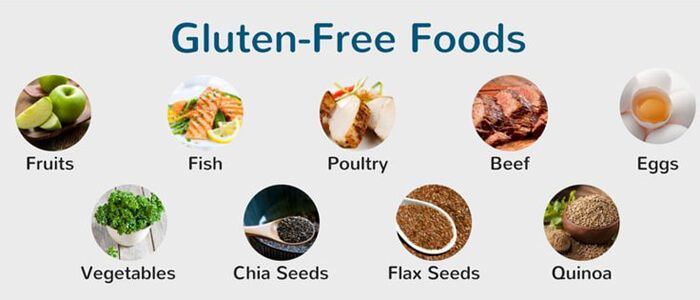
Gluten Free Diet Plan for Kids
Image
Gluten is not a nutrient that your child or anyone else in particular will miss. There are many alternative sources of protein. Seek professional advice from a dietitian or your pediatrician if your child is struggling to meet their needs.
For school meals for children, you will need to work closely with school and kitchen staff to ensure they receive gluten-free meals. With small children, special vigilance is required to make sure they eat what is served to them and no exchange takes place. Some families may find it easier to prepare packed lunches at home to ensure safe and balanced meals for children at school.
Best Gluten Free Snacks for Kids
Now that you have a better understanding of the gluten-free diet, you can think about how to implement it. Your growing child needs a healthy and balanced diet to support growth and development, but three meals a day may not be enough - growing children need snacks.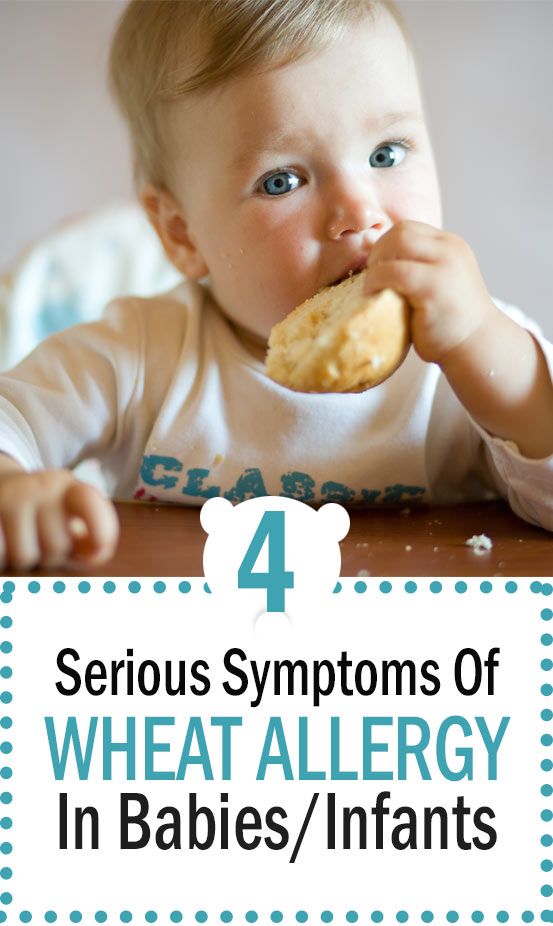
Here are some simple gluten-free snack ideas to keep on hand for your child:
- Fresh fruits (sliced) such as bananas, apples and grapes
- Applesauce, homemade or store bought
- Hard boiled eggs
- Chopped vegetables with hummus or dressing
- Corn chips with salsa or guacamole
- Gluten free crackers
- Gluten-free cookies and on-the-go snacks
- Gluten free honey biscuits
When you're at home, some of these snacks are easy to keep in the fridge. When your child is in school or hanging out with friends, things can get tricky. It is important to teach your child about diet so that he is ready to make safe decisions on his own. You should also provide healthy, gluten-free snacks to send to school, after school, and other outings. Schär's packaged gluten-free snacks are great for such occasions.
Gluten free menu for the week
go back
Menu author: Natalia Dik — pediatrician. She graduated from the Chelyabinsk Medical Academy, clinical internship and residency, specialty pediatrics. She has been working in her specialty since 2007, from 2005-2008 she has been the head of the Allergy Department of the City Clinical Hospital No. 1 of Chelyabinsk, since 2008 she has been a specialist in clinical trials of drugs. She enjoys cooking and practices the Menu of the Week system in her daily life. She graduated from the Chelyabinsk Medical Academy, clinical internship and residency, specialty pediatrics. She has been working in her specialty since 2007, from 2005-2008 she has been the head of the Allergy Department of the City Clinical Hospital No. 1 of Chelyabinsk, since 2008 she has been a specialist in clinical trials of drugs. She enjoys cooking and practices the Menu of the Week system in her daily life. |
If you notice that a child with the introduction of complementary foods has become lethargic and irritable, frequent loose stools, flatulence have appeared, the baby has begun to gain weight poorly, skin problems have appeared: dryness, "jamming", hypersensitivity. Anemia resistant to treatment with iron preparations is noted. All these symptoms make it possible to suspect your baby of “celiac disease” or “gluten enteropathy”.
This means that as a result of genetic damage, the proteins of some cereals eaten are toxic to the body.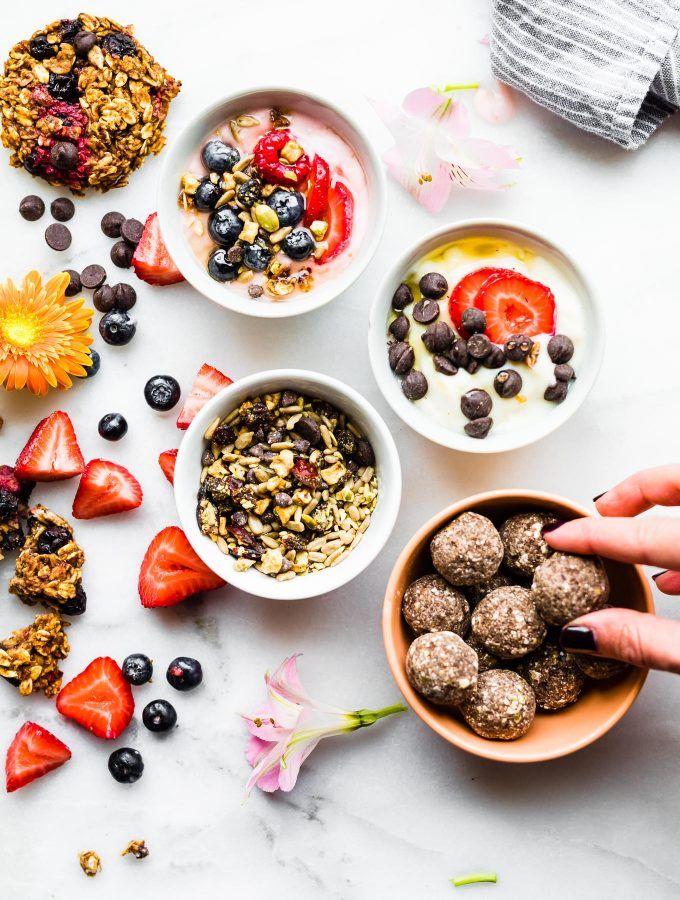 Proteins are found in wheat, rye, oats and barley and are collectively referred to as gluten.
Proteins are found in wheat, rye, oats and barley and are collectively referred to as gluten.
If your child has been diagnosed with “ celiac disease ”, remember that currently the only way to treat and prevent complications is to eat a strict gluten-free diet and switch to a gluten-free menu.
What foods contain gluten? First of all, these are bread, bakery and pasta, wheat, barley, semolina and pearl barley, almost all semi-finished products are breaded. In addition, it is important to remember the existence of "hidden" gluten: when preparing sausages, sauces, kvass, chips, wheat flour is also used.
Let's think about gluten-free products . From cereals: rice, buckwheat, corn, millet. Also - vegetables and fruits, milk and dairy products, eggs, meat, fish, legumes, marmalade, marshmallows without additives, some types of ice cream, chocolate.
As you can see, the set of products is quite diverse and you should not be afraid that following a gluten-free diet, the child will be deprived of any nutrients. A properly formulated gluten-free diet for children is complete, ensures the normal development and growth of the child, and prevents complications.
A properly formulated gluten-free diet for children is complete, ensures the normal development and growth of the child, and prevents complications.
Below is a gluten-free menu for a week containing ready-made and proven recipes. Designed for a child over three years old.
Monday
Breakfast : Multicooker milk rice porridge with citrus topping
Lunch : Pea soup with apples
Snack : Cottage cheese and millet casserole
Dinner : Corn porridge in a slow cooker with meatballs, Carrot and dried apricot salad like in kindergarten
Tuesday
Breakfast : Milk buckwheat porridge in a slow cooker
Lunch : Borscht like in kindergarten
Snack : Cottage cheese and millet casserole
Dinner : Multi-cooker porridge with meatballs, fresh cabbage salad with apple
Wednesday
Breakfast : Sweet rice casserole
Lunch : Borscht like in kindergarten
Afternoon snack : Apple muffins with vegetable oil
Dinner : Minced Turkey Fritters, Mashed Potatoes, Bean Salad with Roasted Carrots
Thursday
Breakfast : Millet porridge
Lunch : Kindergarten potato soup with fish meatballs
Afternoon snack : Apple muffins with vegetable oil
Dinner : Ground Turkey Fritters, Mashed Potatoes, Celery Root Apple Salad
Friday
Breakfast : Milk omelet recipe
Lunch: Kindergarten-style potato soup with fish meatballs
Snack : Cheesecakes without eggs
Dinner : Salmon sausages, boiled rice, fresh cabbage salad
Saturday
Breakfast : Buckwheat porridge
Lunch : Fresh cabbage cabbage
Snack : Cheesecakes without eggs
Dinner : Salmon sausages, Boiled rice, Beet, orange and cheese salad
Sunday
Breakfast : Kindergarten-style rice casserole with apple sauce
Dinner : Fresh cabbage cabbage
Snack : Cherry Banana Smoothie
Dinner : How to cook pancakes from liver and buckwheat, Chinese cabbage salad with cucumber (exclude croutons)
As you can see from this gluten-free menu, there are many gluten-free recipes and their number allows you to cook a variety of dishes.


